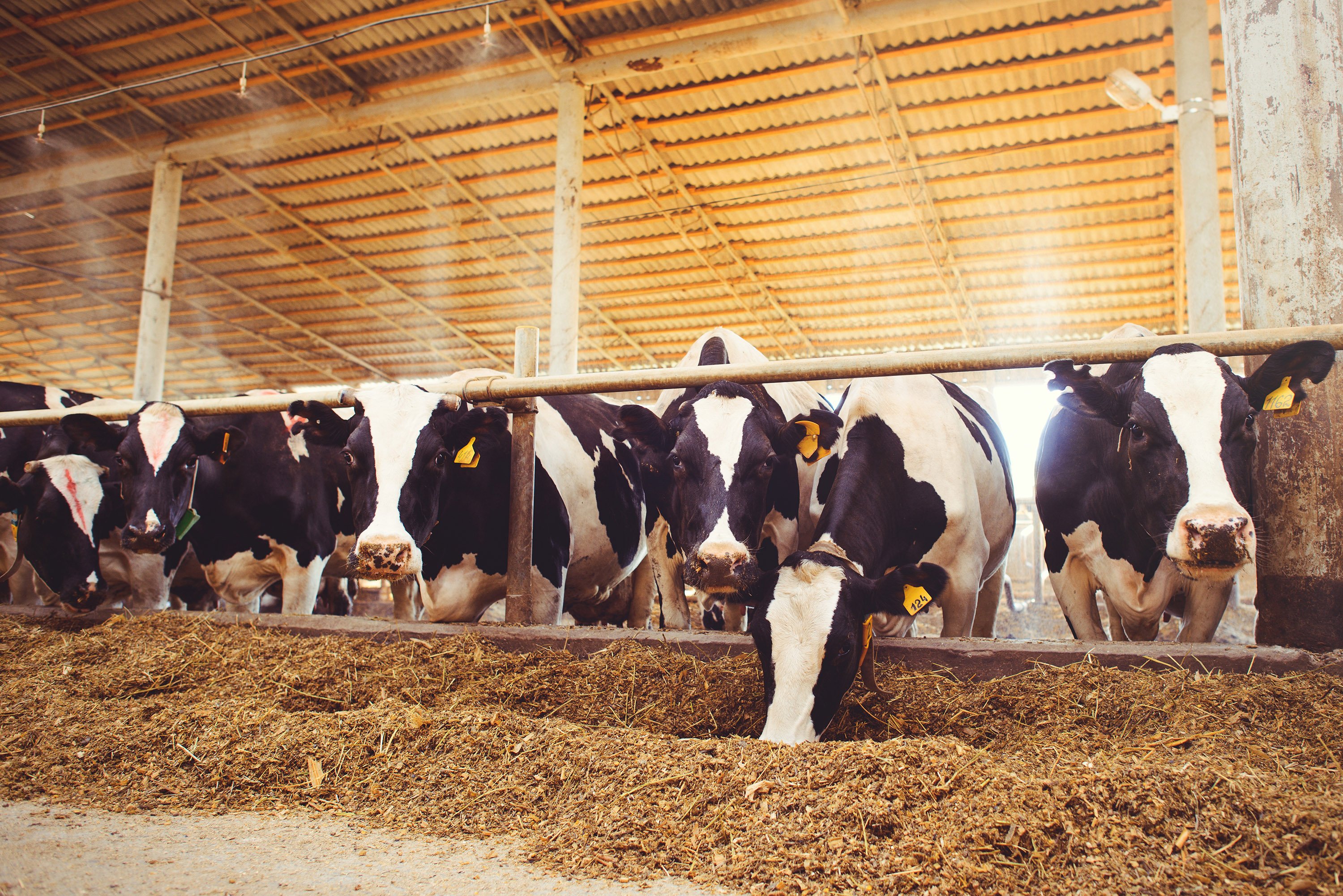H5N1 in Cattle
H5N1 in Cattle
The discovery of H5N1 in cattle has put the dairy industry on alert as we work to maintain accurate communication with farmers, processors, state and federal government officials and others. We will continue to keep this space updated as the situation unfolds. Read below for important information and links to the most up-to-date information, or view HPAI confirmed cases in livestock below.

USDA Federal Order on Interstate Movement
The USDA has issued guidance regarding required testing of lactating dairy cattle for the Highly Pathogenic Avian Influenza H5N1 virus prior to interstate movement. The rules, announced in a Federal Order, took effect on April 29 , 2024.
If you have specific concerns or questions, we encourage you to contact the appropriate state officials. (Scroll to the bottom for a list.)


Requirements for Interstate Movement
Nonlactating dairy cattle — including heifers, dry cows and bull calves — are not subject to testing for interstate movement.
Lactating dairy cattle with clinical signs of the virus are ineligible for interstate movement or movement to slaughter. Cattle without signs of the virus must meet the federal requirements as well as state-specific guidance.
Prior to interstate movement, lactating dairy cattle are required to receive a negative test for Influenza A virus at an approved National Animal Health Laboratory Network (NAHLN) laboratory using an NAHLN-approved assay.
Sample Collection and Testing for Interstate Premovement Testing of Lactating Dairy Cattle
- For groups/lots of 30 or fewer animals moving interstate, all animals being moved must be tested. If more than 30 animals are moving interstate, then only 30 animals total must be tested.
- Sample collection and testing must take place no more than seven days prior to movement.
- Samples for interstate premovement testing need to be submitted to an NAHLN lab for testing.
- USDA will reimburse producers/submitters for all interstate premovement testing at NAHLN labs. At this time, USDA is not reimbursing for sample collection or shipping.
Cattle Moved Directly to Slaughter
- Nonclinical lactating dairy cattle moving interstate direct to slaughter are not required to have a premovement test but must move on a certificate of veterinary inspection or other documentation of movement approved by the sending and receiving state animal health officials and provided to the sending and receiving state animal health officials.
- Lactating dairy cattle with signs of the virus are ineligible for movement to slaughter.
Cattle Moved to Sale Barns
- The Federal Order does not apply to the in-state movement of a lactating dairy cow to a sale barn. Subsequent interstate movement from a sale barn directly to a slaughter facility requires only a Certificate of Veterinary Inspection stating that the animal is clinically healthy; no testing is necessary.
Cattle With Positive Test Results
- Lactating dairy cattle from herds that have tested positive for the virus are not eligible for interstate movement for 30 days from the most recent collection of any sample that tests positive from any individual animal in the herd. After the 30-day period, animals must be tested again before movement.
- Specific circumstances for isolating test-positive cattle and moving to another premises across state lines would need to be discussed and agreed upon with the respective state animal health officials and the USDA’s Animal and Plant Health Inspection Service.
Milk Testing and Reporting Requirements
On December 6, 2024, USDA issued a Federal Order requiring additional testing for highly pathogenic avian influenza (HPAI) in milk. This order creates the APHIS National Milk Testing Strategy (NMTS) to develop surveillance and response for H5N1 in dairy cattle by testing of milk from bulk samples starting at the processor. The goal of this strategy is elimination of H5N1 in U.S. dairy cattle. Each of the lower 48 states will develop a strategy in conjunction with APHIS based on specific state situations. Sampling schemes and stages are flexible for each State based on available resources and industry structure. The surveillance strategy includes 5 stages.
- Stage 1: Standing Up Mandatory USDA National Plant Silo Monitoring
- Stage 2: Determining a State’s H5N1 Dairy Cattle Status
- Stage 3: Detecting and Responding to the Virus in Affected States
- Stage 4: Demonstrating Ongoing Absence of H5 in Dairy Cattle in Unaffected States
- Stage 5: Demonstrating Freedom From H5 in U.S. Dairy Cattle
- Additional Resources
Biosecurity Measures
Producers should implement enhanced biosecurity practices for keeping disease off farms and controlling disease spread on the farm. The Secure Milk Supply Plan is a collaborative initiative among the dairy industry, USDA, state officials and three universities. The Secure Milk Supply website offers comprehensive materials on dairy biosecurity practices, including posters and information sheets in English and Spanish. Additional resources can be found below.
Producer Financial Support Programs
USDA offers financial support to help all dairy producers enhance biosecurity and offset costs associated with Influenza A testing, veterinary expenses, personal protective equipment purchases, milk disposal, and milk losses.
If you are interested in details about any of these programs or how to participate, visit the USDA Financial Assistance website for details.
More Information
Below are the State Departments of Agriculture or Animal Health H5N1 resource pages within our territory:
Questions?
Contact our Government Affairs team for assistance.


